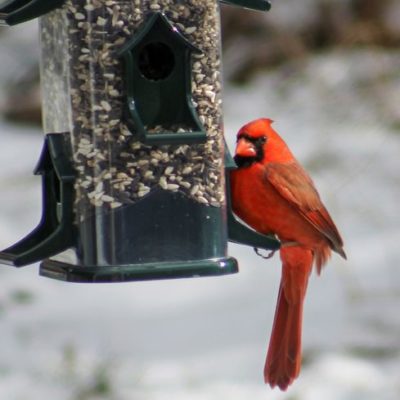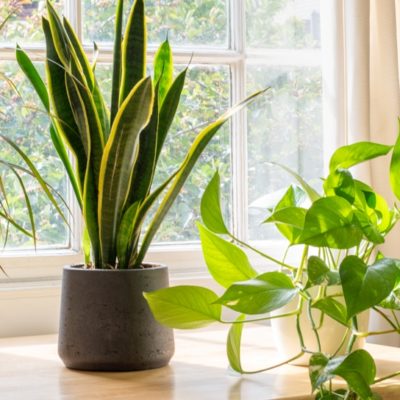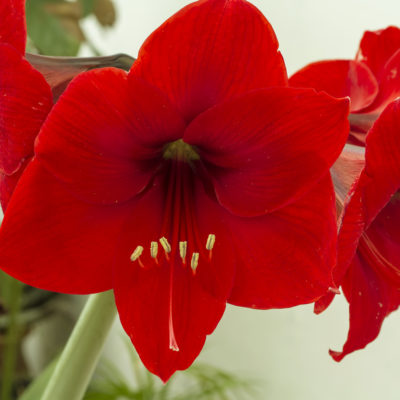
Perennial Plant Profile: Perennial Hibiscus
Vibrant Colours – Fascinating Foliage – Blooms the Size of Dinner Plates!
These are just a few traits of the perennial hibiscus, also known as “Rose Mallow” and not to be confused with their tropical cousins. These stunning bloomers can reach upwards of 5 feet tall and wide, and come in vibrant shades of red, white, and pink with maple-like foliage in stunning shades of green or even purple! All these factors make them a perfect specimen to highlight your sunny garden beds. There’s also dwarf varieties, like the Luna series, that reach about 36” tall and 24” wide; their vivid blooms are about the diameter of an average saucer or dessert plate.
No matter if they’re tall or “small” one thing all perennial hibiscus have in common is sleeping in! They are some of the latest to leaf out of the perennial world, waiting until mid or even late June before they show some greenery. So there’s no need to worry that they haven’t grown an inch by May; let all your other perennials grow up around them, and they’ll catch up when they’re ready.
When Picking Out Your Perennial Hibiscus
Read the individual plant tag for the variety’s mature height and spread; dwarf varieties may stay put at 3 feet, but the larger varieties need a lot of real estate to grow those extra-large blooms!
All perennial hibiscus need full sun to thrive – at least 6 hours of direct sunlight, preferably at midday and/or afternoon when the sun’s energy levels are at their peak. They need all that energy to push out their multitudes of flower buds, so the more light the better!
Like most perennials, it will take an average of 3 years before your perennial hibiscus is fully mature and reaches its full height and spread. Year 1 is all about roots, hence the regular watering, so you won’t see too much growth until year 2 and 3.
Into the Ground it Goes!
Dig a hole that’s slightly deeper and wider than its current pot, and add some compost, composted manure, or 3/1 mix to boost your soil’s nutrient levels; you can also add a handful of perennial fertilizer into the hole for a quick initial feeding for their root system. Place your perennial hibiscus in the hole, ensuring the soil level is consistent from old pot to new home, then fill in with soil and pat down gently to secure the crown.
Water, Water…and more Water
Water your newly planted rose mallow deeply and regularly for their first year, almost to the point of constantly moist. This will help those roots to grow deep, making it easier for them to find water in later years (you’ll still need to water all your plants deeply during summer droughts).
These gorgeous giants can be heavy drinkers, so try using the following tricks to help keep them happy and healthy:
1) Build up a ring of soil just at the edge of the hole and fill the reservoir up to the top of the ring to give them an extra deep drink.
2) Add a thick layer of mulch around their base to help reduce evaporation.
Cut Back in Late Fall/Early Spring (But Not Too Short)
They may look like a woody shrub, but perennial hibiscus will die back in fall once the frost and colder temperatures arrive. Cut them back to about 12” or 18” above ground in late fall/early spring; they are typically the last perennials to emerge in late spring/early summer, so the added height will remind you that they’re still there! In early spring, cut the stems back to 6-8” from soil level. Remember: perennial hibiscus may not show signs of growth until mid to late June.
*Please note: Our availability changes constantly and quickly; all varieties may not be available at all times.





